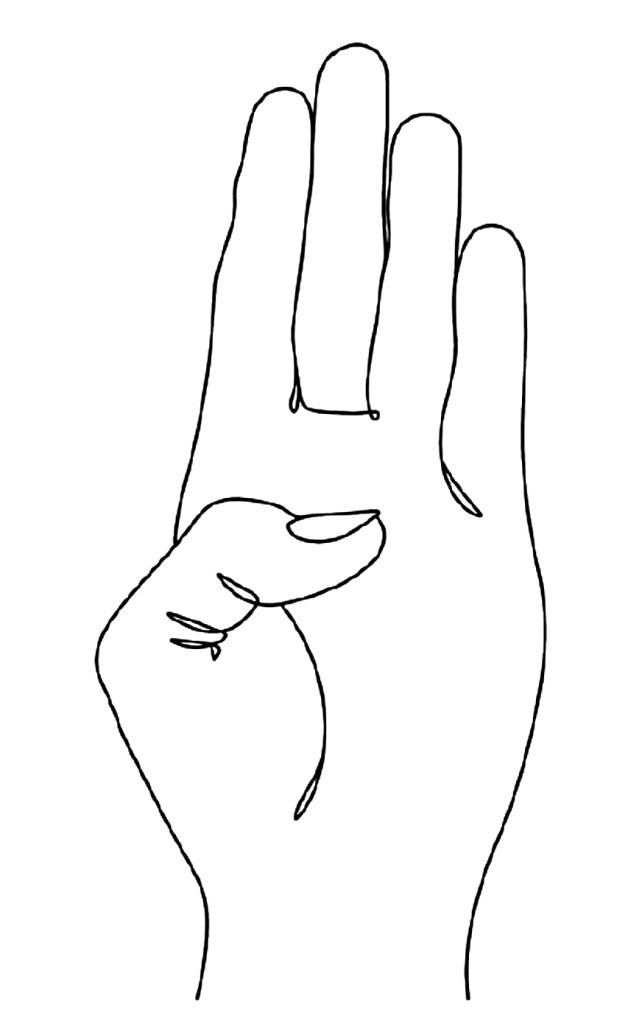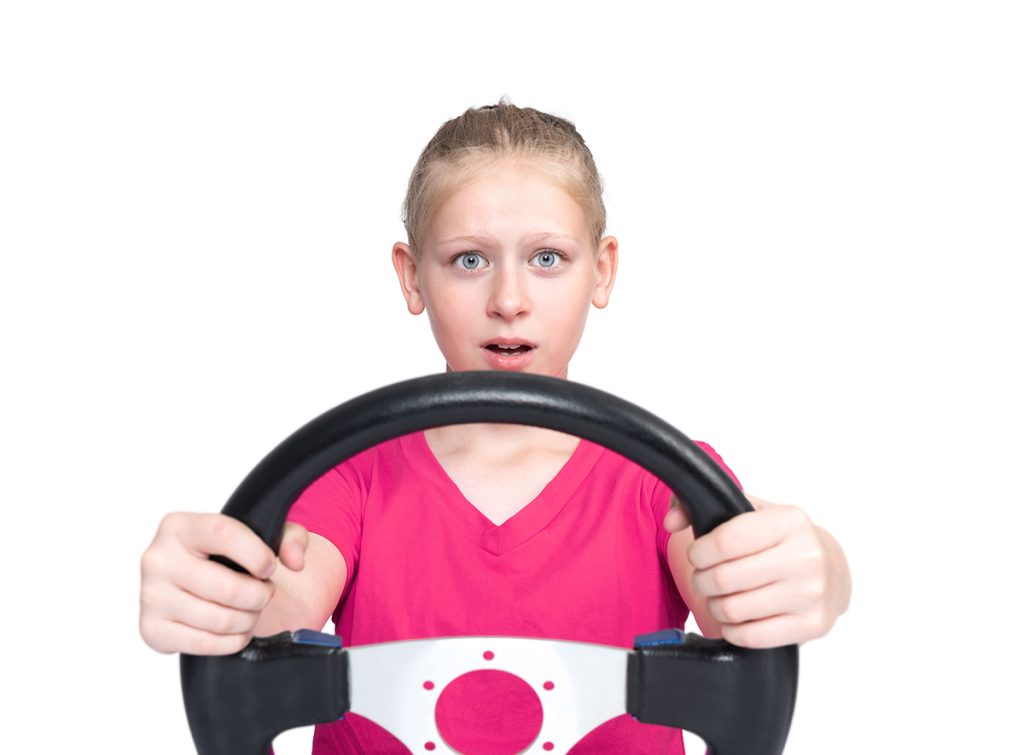By Dr. Jane Foster
How can we better equip our children to handle daily challenges, particularly bullying, and develop resilience?
As a society, we’ve made strides in addressing overt bullying, but what about the quieter, persistent forms that occur daily? The subtle gestures of rejection often go unnoticed but can profoundly affect a child’s well-being. Many suffer in silence, afraid to speak up for fear of being dismissed. But these seemingly minor hurts and other daily challenges accumulate, weighing heavily on a child’s emotional state. While bullies may not face immediate repercussions, the victims do, especially if they’re not equipped to cope. We can’t prevent every slight, so teaching our children how to respond to these more minor incidents is crucial.
It’s important to emphasise that teaching your child to cope doesn’t excuse the bully’s behaviour. Hurting oneself or others is a sign of being out of control, for which there should always be consequences. So, what can parents do? Enter Emotional Resilience (ER): Helping children develop resilience and improve emotional intelligence. Using a simple driving metaphor, ER makes the intricate world of emotions more accessible to children, parents and grandparents. It creates a common language that enables everyone to start developing these skills immediately.
Consistent use creates new neural pathways, empowering individuals to better manage their responses to everyday situations and navigate life’s challenges.
Step 1:
Instead of labelling emotions as good or bad, view them as rough or smooth emotional roads. Children often struggle to answer how they feel but find it easier to share if they are on a rough or smooth road. Just as roads serve different purposes, so do emotions. Rough roads, like frustration or sadness, build resilience, while smooth roads, like joy or contentment, promote well-being, so you should no longer feel the need to lift your children off that rough road. By removing judgment from emotions, we empower children to recognise and accept their feelings without feeling pressured to always be on a smooth road.
Step 2:
In a world that often feels out of control, ER introduces the concept of the emotional steering wheel. While we can’t control external circumstances, we can choose our response. Just as you’re the sole driver of a car, you’re in control of your emotional direction. Encourage children to recognise that they can steer themselves onto the emotional road that best serves them, regardless of others’ actions. If someone is on a rough road, they don’t need to join them.
Step 3:
Instead of blaming others for their feelings, teach children to take responsibility for their emotions. By shifting from “You made me angry” to “I am choosing to feel angry” they reclaim ownership of their emotional steering wheel. This subtle change fosters empowerment rather than victimisation, enabling children to navigate challenges with confidence and control.
Step 4:
Recognise that being out of control isn’t always loud and aggressive; it can also be quiet and introverted. Provide children with tools, like hand signals, to indicate when they need space to regain composure. These signals tell others they’re struggling and need support, similar to hazard lights.
By acknowledging and addressing their emotional state, children learn to manage challenges effectively.
The ER hand signals represent different brain functions
Out of control:
Bending your thumb and placing it in the middle of your palm signifies the reactive amygdala, which triggers responses in stressful situations like fight, flight, or freeze. When operating solely from the amygdala, rational thinking becomes difficult. Therefore, waiting until your child has regained control is best before engaging in conversation.
In control:
Bending your fingers over your thumb signals regained control, symbolising the rational prefrontal cortex. You can think, gain perspective, and find solutions in this state. Now is the time to converse with your child.
By adopting ER, it becomes possible to transform your family. First, remove judgment and stigma by seeing emotions as smooth or rough roads. This empowers your children to express themselves and manage their reactions, as no emotion is inherently bad; it’s about how we respond to it. Instead of blaming, encourage your child to say, “I am choosing to feel” rather than “They are making me feel”, enabling them to take control of their steering wheel.
In a world that can often feel chaotic and unpredictable, ER is a useful tool to help your family build resilience, enhance emotional intelligence, overcome everyday challenges, and regain control.
Dr Jane Foster is a leading educator, researcher, presenter and author of “It’s in Your Hands; Your Steering Wheel, Your Choice”. Combining her educational skills with neuroscience and positive psychology, Jane equips people with strategies to help manage their daily stresses, successfully changing perspective and creating new neural pathways.
For more information, visit www.emotionalresiliencetraining.com.au.
As published in Peninsula Kids – Autumn 2024




